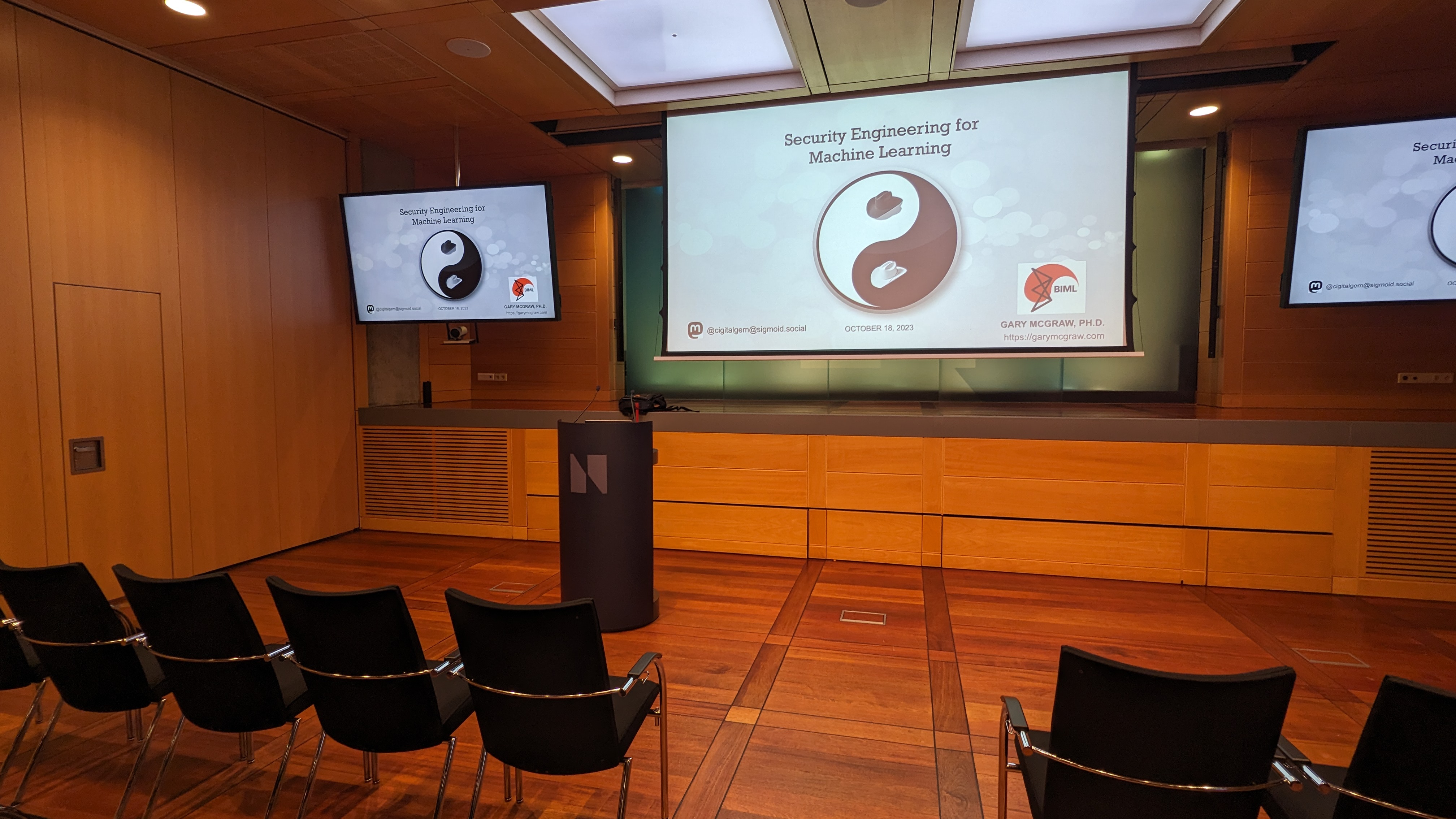The Register has a great interview with Ilia Shumailov on the number one risk of LLMs. He calls it “model collapse” but we like the term “recursive pollution” better because we find it more descriptive. Have a look at the article.
Our work at BIML has been deeply influenced by Shumailov’s work. In fact, he currently has two articles in our Annotated Bibliography TOP 5.

Here is what we have to say about recursive pollution in our work — An Architectural Risk Analysis of Large Language Models:
- [LLMtop10:1:recursive pollution] LLMs can sometimes be spectacularly wrong, and confidently so. If and when LLM output is pumped back into the training data ocean (by reference to being put on the Internet, for example), a future LLM may end up being trained on these very same polluted data. This is one kind of “feedback loop” problem we identified and discussed in 2020. See, in particular, [BIML78 raw:8:looping], [BIML78 input:4:looped input], and [BIML78 output:7:looped output]. Shumilov et al, subsequently wrote an excellent paper on this phenomenon. Also see Alemohammad. Recursive pollution is a serious threat to LLM integrity. ML systems should not eat their own output just as mammals should not consume brains of their own species. See [raw:1:recursive pollution] and [output:8:looped output].
Another excellent piece, this time in the politics, policy, business and international relations press is written by Peter Levin. See The real issue with artificial intelligence: The misalignment problem in The Hill. We like the idea of a “mix master of ideas” but we think it is more of a “mix master of auto-associative predictive text.” LLMs do not have “ideas.”










